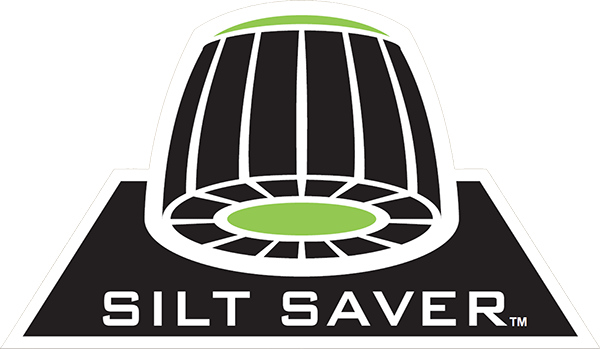Oops, This Page Could Not Be Found!
Helpful Links
Search Our Website
Can't find what you need? Take a moment and do a search below!
Silt Saver is excited to be joining MKB Stormwater Innovation! We are excited to announce the acquisition of Silt Saver by MKB. LEARN MORE.

Our goal is to provide distributors who are well versed in our products and how they can best address your sediment control issues.
Please contact us so that we can provide you with a knowledgeable distributor near you.
© Copyright 2025 Silt-Saver, Inc. | Terms & Conditions | Privacy Policy | Website Sitemap
This site is protected by reCAPTCHA and the Google Privacy Policy and Terms of Service apply.